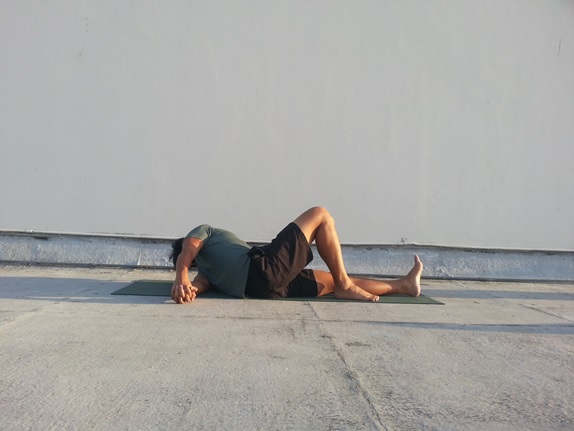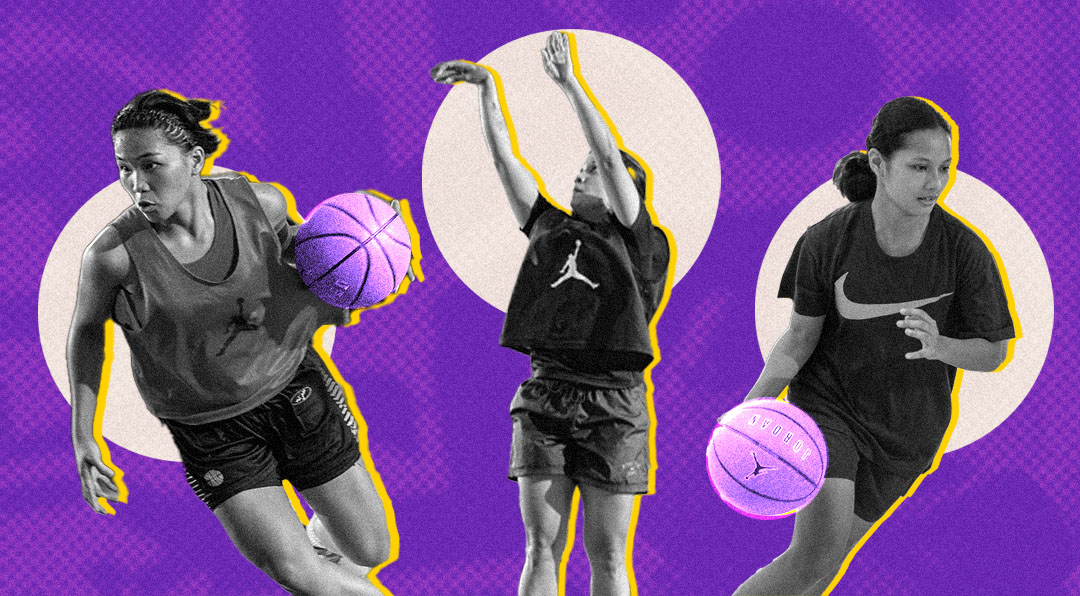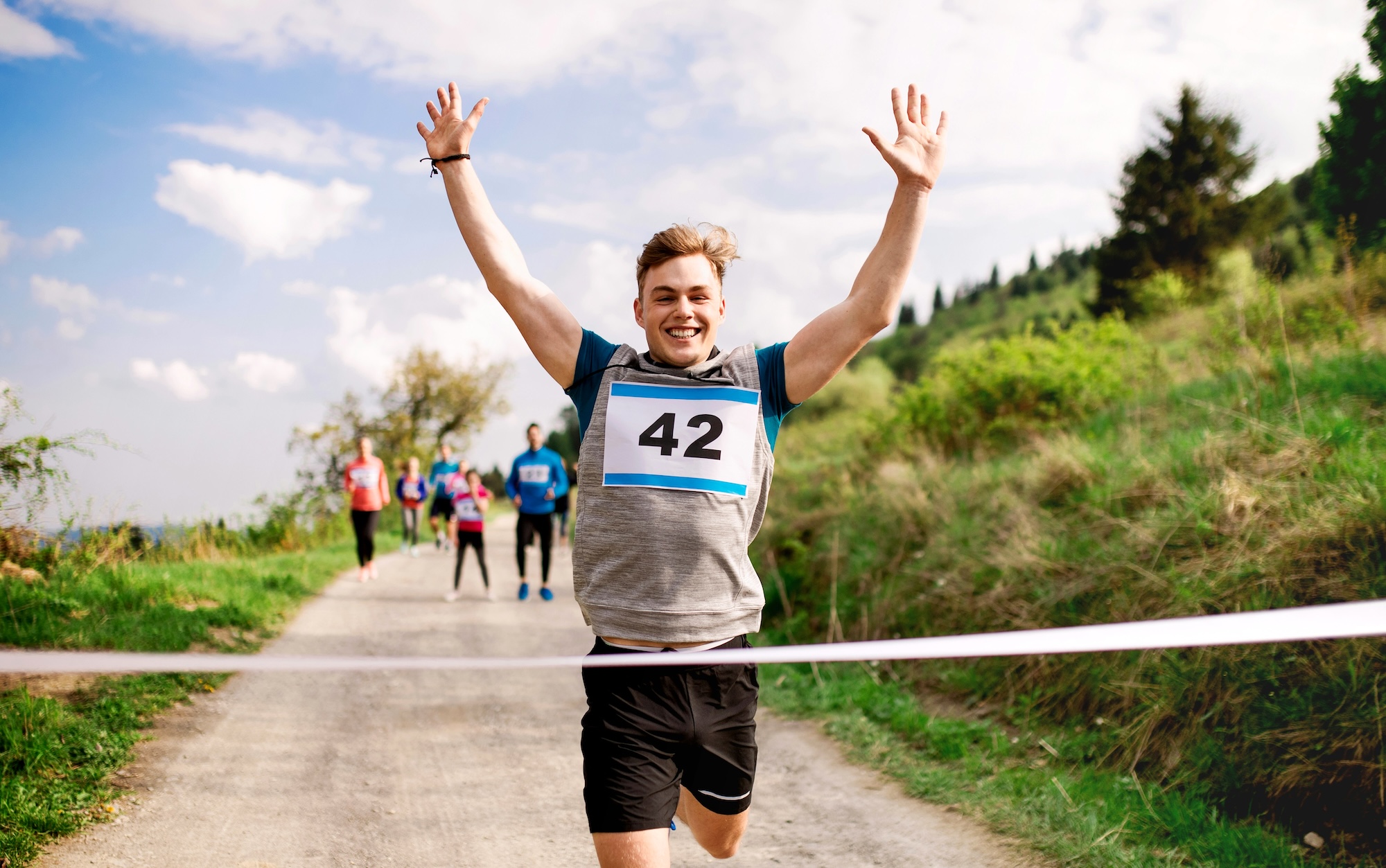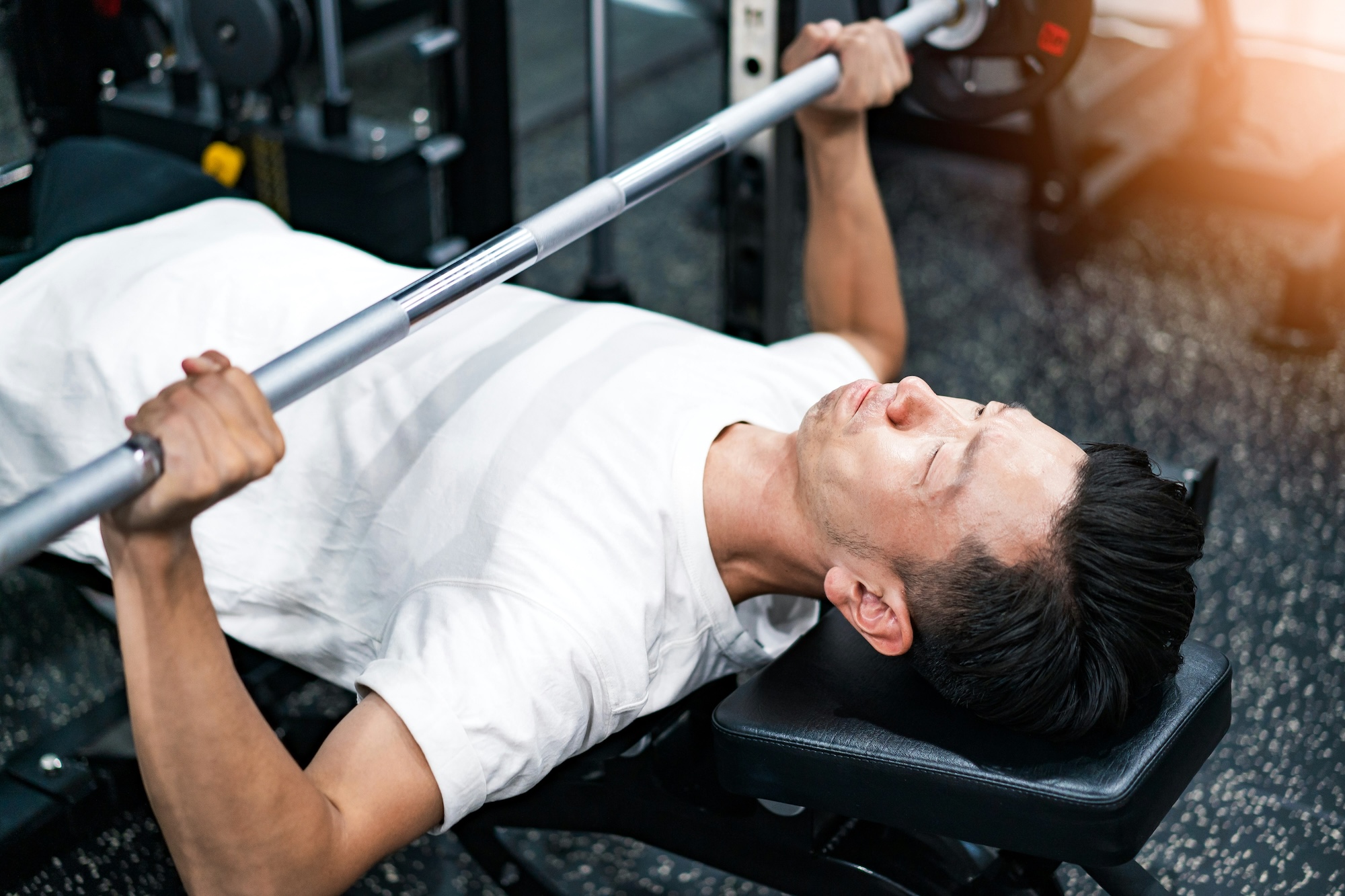You can find inner and outer peace after training with these relaxing yoga poses
Photos by Rafa Itchon
Training and racing for more than one sport is not an easy task. The physical demands of multisport will eventually take its toll on the body. Yoga offers many benefits to multisport enthusiasts, some of which include improved flexibility, mobility, focus, stamina, and recovery. But today, we will be focusing on seven recovery yoga poses after a training session or a race.
When you put a lot of effort in swimming, biking, and running, your yoga practice should focus on enhancing recovery. Remember to take it easy and eventually, you’ll notice a gradual increase in your flexibility, range of motion, and awareness of your body.
1. Triangle pose (Utthita Trikonasana)
Start with both feet wide apart, front foot pointed forward and back foot turned slightly out with both heels aligned. Engage the quadriceps of the front leg and lift the kneecap up as you align the center of the knee to the second toe.
Lift the inner thigh of the back leg up and away from the floor. Bring the buttock of the front leg to the back heel and away from the waist. Lengthen all four sides of the waist as you spread across the collarbones. Put the bottom hand on the front shin or on the floor and create a straight line from the bottom hand to the top hand.
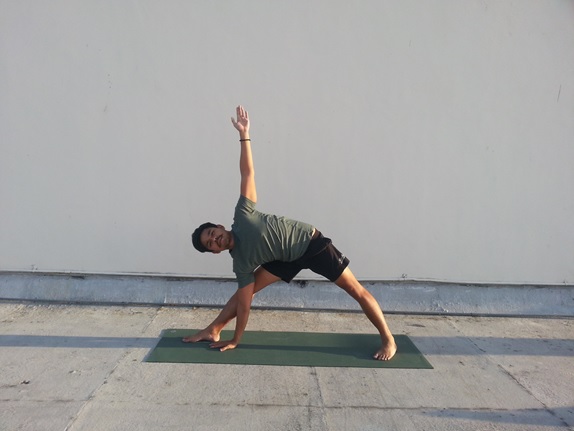
2. One-legged lizard pose with twist and quad stretch
Step one leg to the back and lower the knee to the ground. (You may put a towel underneath the knee to protect it.) Bring both hands to the ground at either side of the front foot. Check your stance and adjust your stance so that the front knee is a little bit over the front ankle. Bend the back knee and grab it with the opposite hand of the back leg that will result in a gentle twist. You may also use a towel or a strap if you can’t reach the back foot.
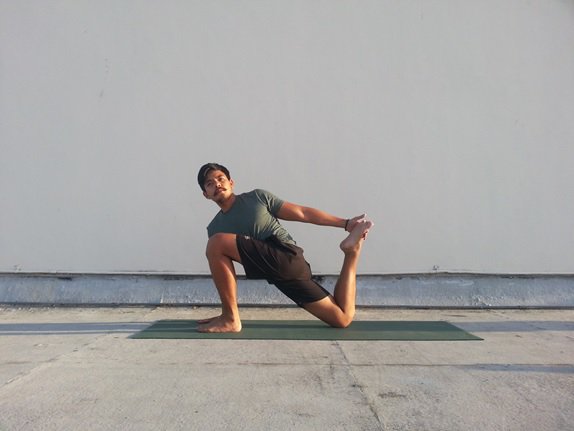
3. Low lunge (Anjaneyasana)
Step one leg to the back and lower the knee to the ground. (You may put a towel underneath the knee to protect it.) Bring both hands to the ground between your front foot. Bend the front knee coming a little bit over the front heel. Slide the front foot forward until the shin of the back leg rests on the ground. Lift your torso upright and sweep your arms all the way up. Draw the tailbone down the floor and lift your chest.
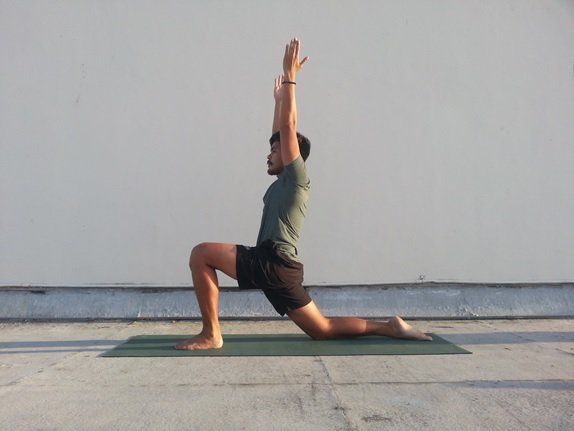
4. Garland pose (Malasana)
Bring both heels hip distance apart with feet slightly turned out. Bend both knees to a squat, bringing the buttocks close to the ground. Lift the inner arches of the feet and root down on both heels. Press the knees against the outer upper arms and lengthen the torso with hands in prayer position.
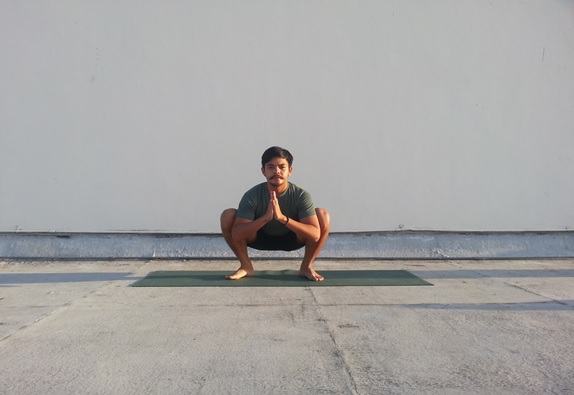
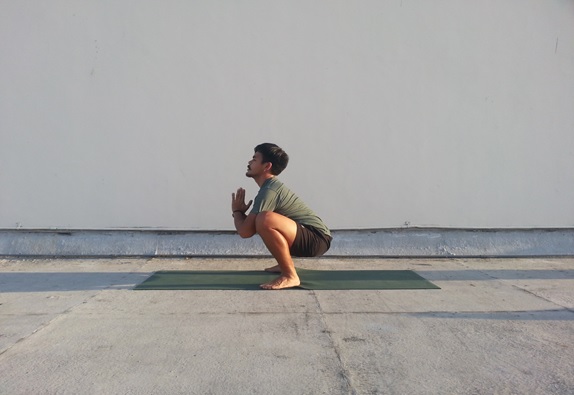
5. Supine spinal twist (Supta Jathara Parivartanaana)
With the back on the ground and both legs extended forward, bend one knee and hug it to your chest. Bring it over to the opposite side and use the hand to bring the bent knee closer to the ground. Keep both shoulders on the ground with the opposite hand extended or in Cactus arms.
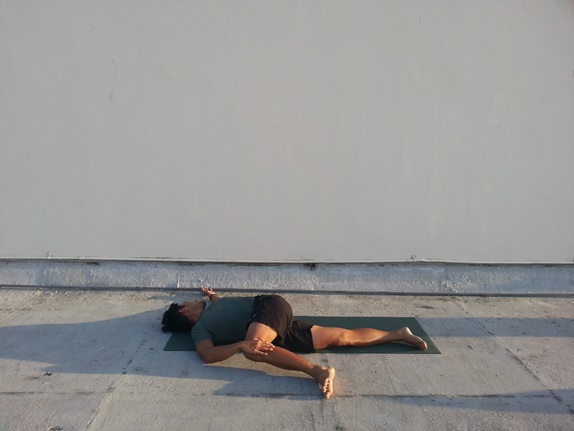
6. Reverse table pose or half upward plank (Ardha Purvottanasana)
Start by sitting on the ground with both legs extended forward and torso straight up with your hands by your sides. Bend both knees with both feet on the ground and slowly adjust your hands behind your hip shoulder-width apart with fingertips facing forward. With hands and feet pressing down the ground, lift your hips up and straighten your elbows and maintain your upper body straight and parallel to the ground.

7. Prone shoulder opening
Lie down with your belly on the ground; reach one arm (Right) out with palm facing up with a 90-degree angle from the body. By pushing yourself with the opposite hand (Left), roll your body to the same side (Right). Reach opposite hand (Left) up and allow it to fall over to clasp the extended hand (Right). You may bend one leg (Right) or both legs with one or both feet on the ground. Rest the head on the ground or place a towel underneath for support.
